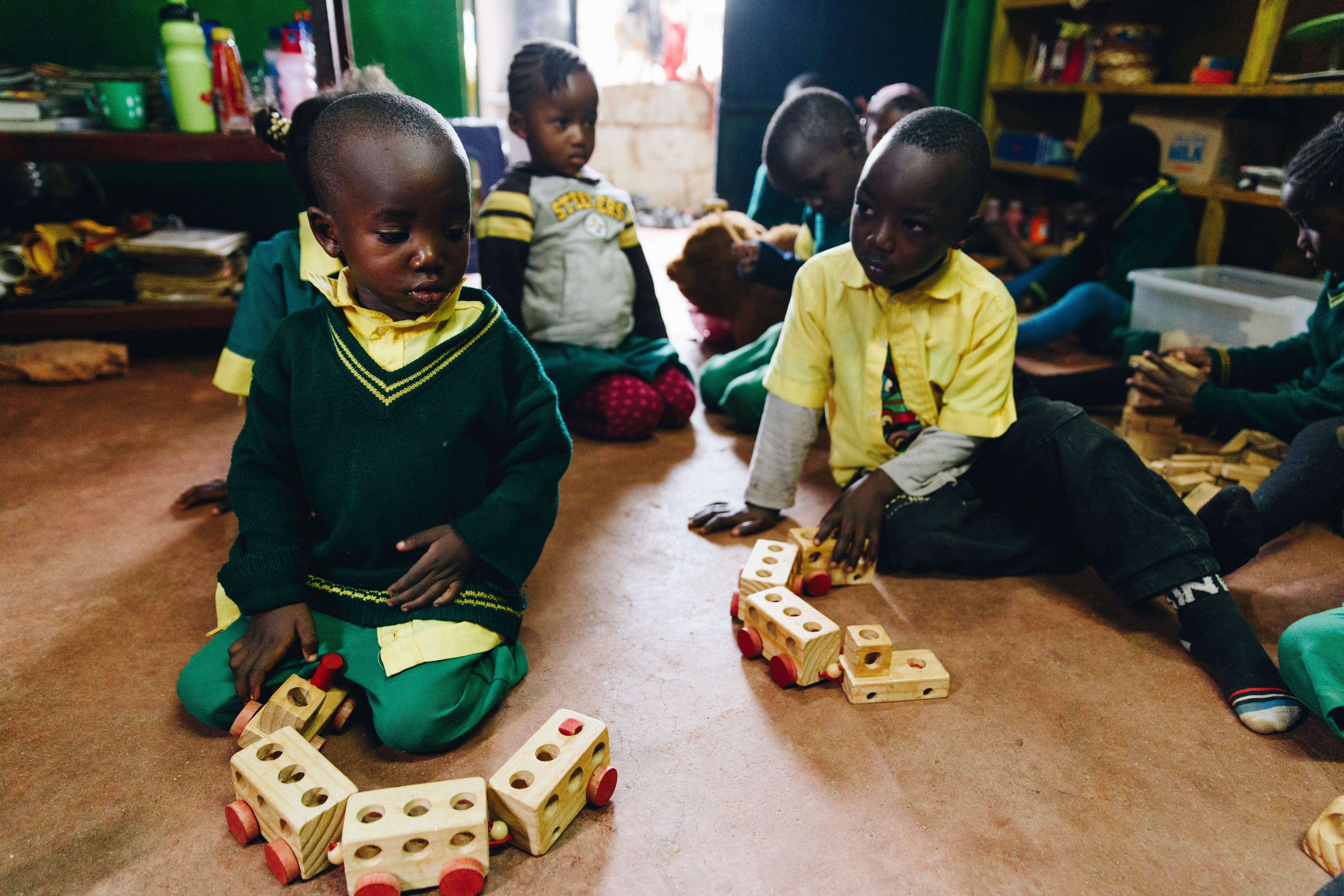
The impacts of plastic toys on childhood
*text written by Gabrielly Sierra.
Plastic toys are increasingly common in childhood. The catalogs of the toy industries have products of all colors, sizes and types of electronic stimuli with the promise of fun. They correspond to about 90% of the toys that are produced worldwide (Plastified Childhood, 2020, p. 14), which is equivalent to an average of 4.7 million tons of plastic toys produced each year. This, associated with humanity's current lifestyle marked by production, consumption and disposal, accentuates the impact that these toys have on childhood, from the risk of intoxication to early consumer behavior.
For the market, children are potential consumers and profitable targets for advertising. Considering that they are in the development phase, the ideal of consumption goes beyond the act of buying what is not necessary and generating profit for large companies. That is, encouraging this type of behavior will reflect on the construction and development of habits and values that determine the way children understand and relate to the world. Children are not born consumers, but they end up being strongly impacted and encouraged to consume without reflecting on it because, “(...) a state of permanent dissatisfaction is generated in children, encouraging the desire for the new and redefining what was previously consumed as garbage. useless” (Friedmann, 2011, p. 119).
In addition, nine out of ten parents assume that they are influenced by their children when shopping (Infância Plastificado, 2020, p. 38). Consequently, the more this lifestyle is encouraged, the greater the amount of disposal and waste produced. According to the World Wide Fund for Nature (WWF), plastic pollution in the oceans could reach 300 million tons by 2030, considering population growth projections and the current generation of plastic waste per capita. The report “X-Ray of Plastic Pollution: Rethinking Plastic in Portugal” (2019), warns that the lack of statistical information in that country prevents the creation of a strategy to reduce the consumption of plastics. This crisis will only increase if all actors involved in the production, consumption and disposal of plastics and their effects on nature and on people are not held accountable.
According to the research “Plastified Childhood – The impact of advertising for plastic toys to children on children's health and the environment” (2020), plastic toys have a low probability of being recycled, since, “the mixture of other plastics, as well as with other materials, such as pigments, gloss, glitter, it makes the recycling process more complex and expensive or even makes recycling unfeasible” (2020, p. 15). These materials, in addition to making recycling difficult, are also harmful to children's health.
A study carried out in Brazil with PVC and latex dolls found materials in these toys that, when in contact with humans, can cause behavior and learning disorders, diseases that attack the nervous system and kidneys, and cancer. This is the case of cadmium, lead, chromium, zinc and aluminum materials, along with other organic substances added to plastic to give it flexibility, such as phthalates.
In a European survey carried out by the European Environmental Bureau in which 248 toys were analyzed, 228 were considered to be at high risk of poisoning, which represents 92% of the total. Still, 51% of them had high levels of phthalates. In Germany, the Ministry of the Environment found plastic residues in children's bodies, associated with ingestion, in a follow-up carried out between 2014 and 2017. 2,500 blood and urine samples from children aged 3 to 17 years were tested.
Toy packaging also becomes a problem insofar as, even though they are produced for immediate disposal, they still contain materials that make recycling unfeasible, used with the aim of attracting the attention of small consumers in the midst of a competitive market. In addition, they “represent 40% of all plastic waste discarded, also found in the oceans, and integrate, along with straws and other products, the so-called single-use plastics” (Infância Plastificado, 2020, p. 56).
Even if the toy is designed to last for a long time, children can quickly lose interest in the toy. A UK study concluded that it only takes 36 days for children to put a toy aside and also that one in three parents admitted to discarding toys that are still in good condition. We can conclude that this is yet another behavior resulting from unconscious consumption that affects both children and parents.
Even with some business initiatives that seek alternative solutions, “currently 'green' parts represent 1 to 2% of the company's entire production and are, from a chemical point of view, identical to conventional polyethylene (PE)” (Infância Plastificado , 2020, p. 56). All of this reveals that we are facing a problem that prevents the integral development of the child, who deserves a free and healthy childhood. At the same time, it is a factor that negatively impacts the planet and, therefore, when thinking about defending the recyclability of plastic, one must also reflect on its need and relevance in circulating and existing. In a sector like toys, which is intrinsic to the ideal of consumption, how necessary is it? After all, do you need a toy to play with?
Bibliographic references
Friedmann, A. (2011). Children's landscapes: an incursion into the natures, languages and cultures of children (Doctoral dissertation, Pontifical Catholic University of São Paulo). Retrieved from https://132914ad-cd03-9ef2-c1bf-9fb1457f44dd.filesusr.com/ugd/f52fdb_5bfcc302de621c040e15c24902e043a5.pdf
Villela A., Filho A., Nisti M., Okada L., Pasquali C., Henriques I., Hartung P., Amaral J., Cattaruzzi L., Bosi M., Barros, M., Zuin, V., Araripe, E., & Fachina, S. (2020). Plasticized childhood: the impact of children's advertising of plastic toys on children's health and the environment . Retrieved from https://www.institutoruthsalles.com.br/wp-content/uploads/2020/08/cc_infancia-plastificado.pdf


